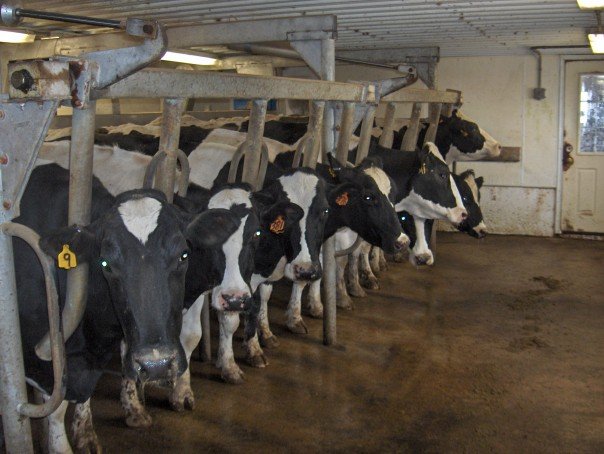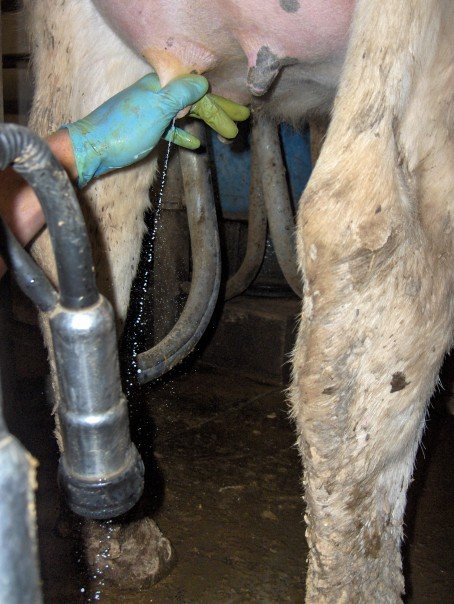|






| |

Milk is fermented to make yogurt. To set up
yogurt production milk is heated, this helps kill other microorganisms that
would compete with the starter culture. Lactobacillus bulgaricus interacts with
Streptococcus thermophilus to form a
symbiotic starter culture to ferment milk. By creating the starter culture it
increases the production of lactic acid in the fermentation process.
Fermentation of the milk usually happens
 when
the milk is around 45 degrees Celsius.
Streptococcus
thermophilus starts to grow first dropping the milks pH from
6.6 to 5.0, and produces carbon dioxide and lactic acid. These products
stimulate Lactobacillus bulgaricus to grow and further drop the pH to
4.2. The sugar found in milk is lactose, when
the starter culture is added to milk it breaks the lactose into glucose. After
the sugar glucose is formed it then is fermented into lactic acid by the
microorganisms.
Acetaldehyde is also produced, this chemical compound creates the tart and sour
taste of plain yogurt. The lactic acid decreases the pH of the milk and causes
the casein, protein found in milk, molecules to denature and stick together. The milk then
curdles to produce yogurt. To enhance the flavor a wide variety of fruits are
mixed in or are found at the bottom of the finished product. when
the milk is around 45 degrees Celsius.
Streptococcus
thermophilus starts to grow first dropping the milks pH from
6.6 to 5.0, and produces carbon dioxide and lactic acid. These products
stimulate Lactobacillus bulgaricus to grow and further drop the pH to
4.2. The sugar found in milk is lactose, when
the starter culture is added to milk it breaks the lactose into glucose. After
the sugar glucose is formed it then is fermented into lactic acid by the
microorganisms.
Acetaldehyde is also produced, this chemical compound creates the tart and sour
taste of plain yogurt. The lactic acid decreases the pH of the milk and causes
the casein, protein found in milk, molecules to denature and stick together. The milk then
curdles to produce yogurt. To enhance the flavor a wide variety of fruits are
mixed in or are found at the bottom of the finished product.
|
